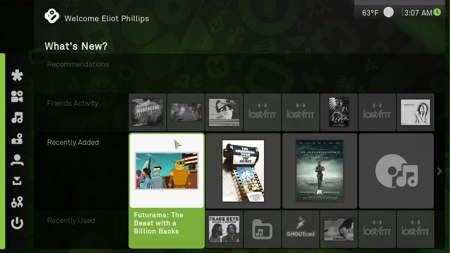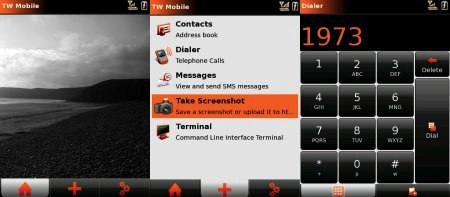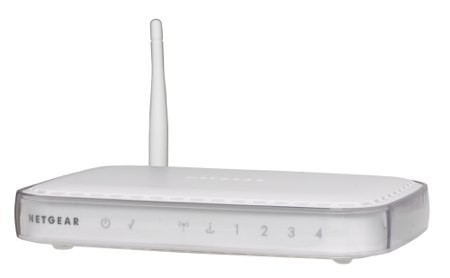
You should be able to get your hands on your Wiz as soon as October. The Wiz, also known as the GP3X is the highly anticipated follow up to the GP2X, a handheld game system that runs linux. Sporting a 533 MHz ARM processor, 64 MB of RAM, a 2.8 inch OLED display, 5 hour battery life, and 16 GB of storage, its a heck of a deal. Where else can you get a portable with those specs, bundled with Flash player 7, DivX, Xvid, and MPEG playback for $179?
These units are supposed to be as hackable as the previous version. We’ve seen GPS and USB ports added as well as qtopia and Windows 95 run on them.
Correction: the 16GB of storage on the Engadget site is a typo. This unit comes with 1GB.
[via Engadget]
















